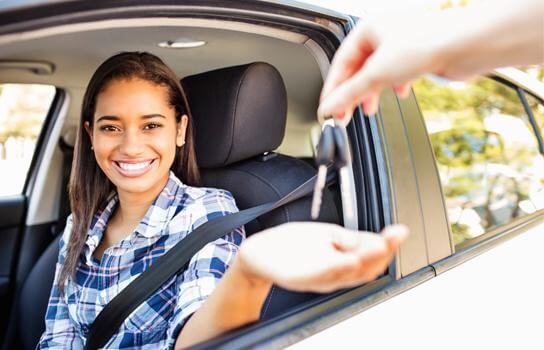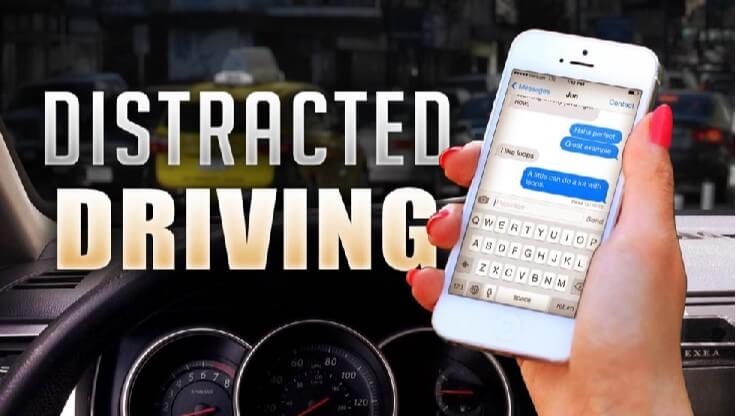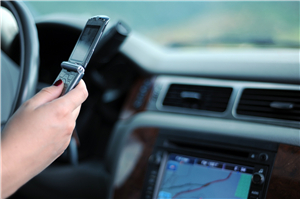How Can Parents Help Teens Form Good Driving Habits
A good driving habit will have a long-term effect on your teens’ life. Therefore, it is essential for parents to provide proper driving guidance to their teens.
If you do not know how to get started, check this guide out. You will also find a useful app – FamiSafe to help you with this issue.
Things you should know about teen driving
Facts about teenagers and driving:
- • The legal age to get a learner's permit in most states of the United States is 16 years old.
- • 61% of 18-year-olds in the United States had a driver’s license in 2018. (Green Car Congress)
- • 25.6% of 16 years old had a driver’s license in 2018. (Green Car Congress)
- • Each day, 11 teens die in crashes caused by texting and driving. (TeenSafe, 2018)
- • 52% of these teens talk on the phone while driving. (TeenSafe, 2018)
- • 12% of distracted drivers involved in fatal car accidents were teens ages 15 to 19. (Crashstats)
- • Distracted driving — including texting while driving — is the cause of more than 58% of crashes involving teen drivers. (The Zebra)
- • Teens aged 15-20 without driver education are responsible for 91% of teen driver crashes. (Oregon DOT, 2018)
Not sure if your teens have good driving habits or not?
Check if they follow the below basic driving rules and you will find the answer.

 Buckle up
Buckle up

According to NHTSA, in 2017, 14955 lives were saved by seat belts. Buckle up should be the first thing your teens do when they get in the car and get prepared for a drive.

 No driving after drinking
No driving after drinking

According to MADD, about 1/4 of fatal teen car accidents involve underage driving and drinking. Drinking will impair one’s ability to think clearly and increase one’s reaction time.

 No phone while driving
No phone while driving

Using a phone, whether making a call, sending a message, checking a routine, will increase the chance of crashing as the driver's attention is diverted from the road.

 No drowsy driving
No drowsy driving

Lack of sleep will have a harmful effect on a driver's coordination, judgment, and reaction time while driving, which increases the risk of an accident.

 Why is it important to have a good driving habit?
Why is it important to have a good driving habit?

Having a good driving habit not only protects your teenagers' safety when they are driving but also improves the safety of their passengers and the safety of the drivers around them. However, it is easy for teens to get into bad driving habits as they have not yet formed a mature view of driving. Parents should help their kids form a good driving habit first.
How can you help your teens to form a better driving habit?
 Know your teen’s driving habit
Know your teen’s driving habit
Why is it important to know your teen's driving habits first?
Getting to know the way your teens drive before you educate his/her is essential. Teenagers can be sensitive and self-defensive. If you just go to them and demand them to do what you say, they may resist and refuse to follow your lead. Knowing your teens' driving habits allows you to understand the good and bad of your teens driving methods and provide guidance accordingly.
Ways to know how your teens drive
Observe how they drive
After teens get their learners' permits, they will need an experienced adult to accompany them while driving. In most cases, parents will take this job. That would be an excellent chance to observe and learn the way your teen drives. Here are the things that you should pay attention to.
- • Does he/she follow the traffic rules?
- • How often does he/she brake suddenly?
- • Does he/she overspeed?
- • What’s the highest speed he/she drive?
Use FamiSafe's Driving Report
However, parents are not always there to accompany their teens. Moreover, teens are still more behaved when they are with their parents. To get a better and more accurate understanding of how your teen drives, you can use FamiSafe’s Driving Report feature.
FamiSafe has newly released a new feature named Driving Report. With this feature, you can view check the highest speed, average speed, total driving distance, driving time, number of hard brake and over speeding of your teen’s drive.

 Help your teens form a better driving habit
Help your teens form a better driving habit
Step 1: List the things that need to be improved.
Based on what you have found from your teens' driving habits, you can make a list of things that should be improved and discuss them with your teens. For example, if your teens have too many hard brakes, you should ask them to get rid of other distractions and focus on the road. Explain to your teens why they need to make changes and the importance of forming a good driving habit.
Step 2: Give them enough time to practice.
Rome was not built in one day, and so is changing one's driving habit. Be patient with your teens and give them enough time to practice and make changes. It will be better if you can accompany them while they are practicing and provide them with a heads up.
Step 3: Review each trip's performance together.
Reviewing your teen’s drive with them will help deepen their impression. Ask your teens to find their issues is more useful than pointing out the problem directly. To review the drive details, you can use FamiSafe.
Here are the steps to view the driving information.
1Download FamiSafe from Google Play or App Store.
2Log into your FamiSafe’s account. If you do not have one, you can create one first.
3Complete the setup by following the on-screen instructions.
4Tap Features > Driving Report and check Drive Detail or weekly/daily reports.

 Get your teens ready for different driving conditions
Get your teens ready for different driving conditions
Driving is a never-ending learning process. Different driving conditions may require different driving methods, and we are always exploring new things in our life. Therefore, it is essential to get your teens ready for various driving conditions before they hit the roads. Here are the most-used tips for some typical driving conditions.
Driving in the rain:
- Check your car’s status before getting off.
- Turn on your headlights to get a better view of the rain.
- Avoid heavy braking, break early instead.
- Watch out for standing water. Do not drive through standing water as it can cause hydroplaning.
Driving on highway:
- Drive in the right lane when you hit the highway.
- Leave four to six seconds-worth of space to change lanes to avoid accidents.
- Turn on turn signals when you are merging or changing lanes.
- Keep a broad viewpoint as you drive faster on highways
Driving in snow:
- Before you drive off, get prepared and bring an emergency kit or an extra blanket.
- Consider changing the tires to winter tires.
- Drive slow and steady, and the road will get slippery.
- Brake early and smoothly to maintain car control.


The Most Reliable Parental Control App






